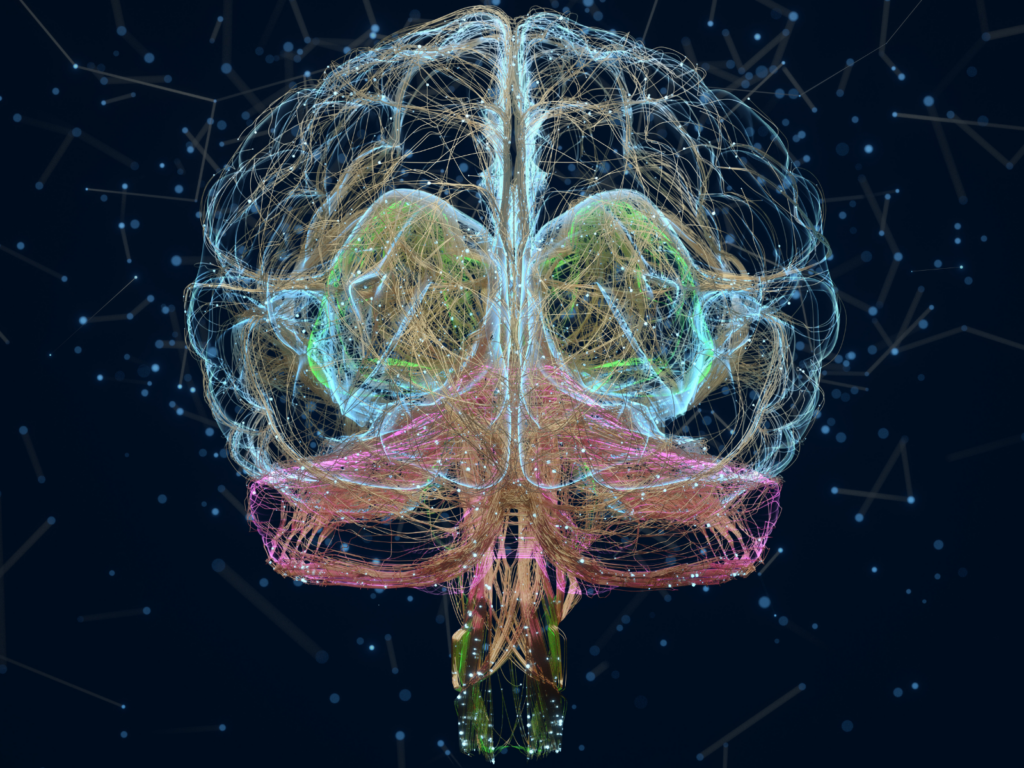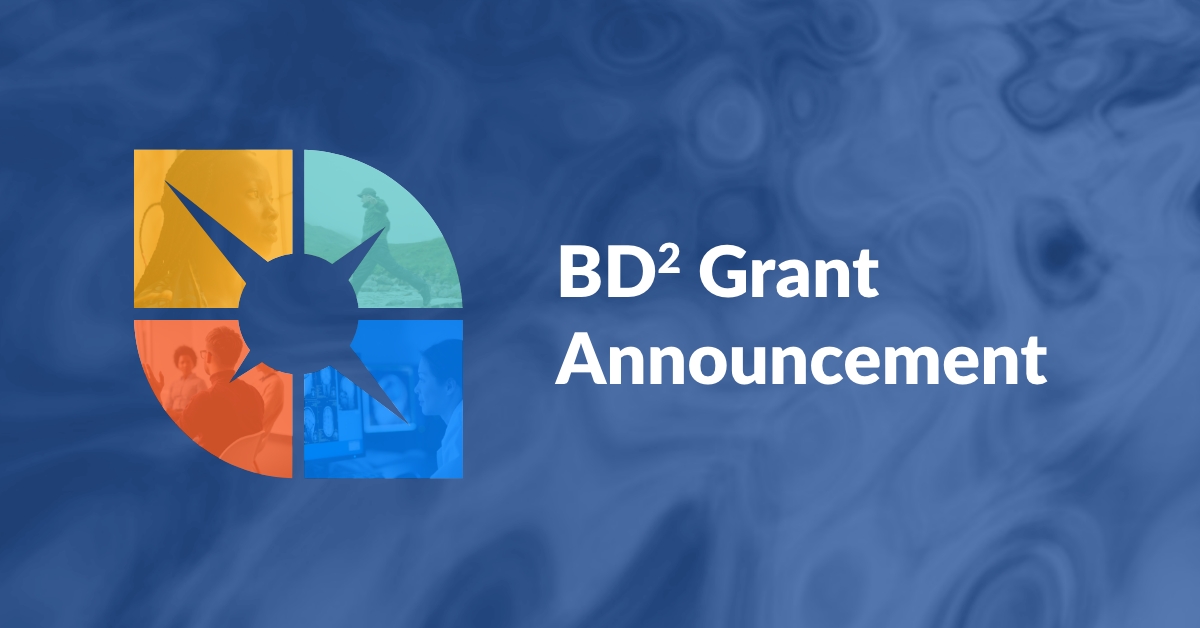Brain Omics Platform

Understanding a condition requires studying
the biological tissue that it impacts.

Bipolar disorder is a highly complex and heterogeneous disorder, and little is known about its underlying biology. Leveraging human brain tissue from people with bipolar disorder available in existing biobanks, and potentially expanding existing collections over time, will greatly deepen the biological understanding of bipolar disorder and complement genetic findings.
BD² is funding pioneering research on existing samples, whose potential for scientific discovery has remained untapped due to insufficient funding. This program will provide unprecedented insight into the underlying mechanisms of bipolar disorder, developing a molecular brain atlas resource that researchers will use to accelerate scientific understanding.

-
Dissection of Bipolar Disorder Pathophysiology Through Integration of Human Brain Multi-Omics
Study Rationale
The CommonMind Consortium will analyze the cells of pertinent regions in human brain tissue from people who lived with bipolar disorder. They will gather four types of data on 200 brains, including data on the DNA, epigenome, RNA, and protein. The team will create a brain atlas for bipolar disorder, a resource that researchers can use to accelerate the understanding of how certain molecules contribute to bipolar.
Hypothesis
People with bipolar have different molecular profiles in certain brain areas.
Study Design
The team will select and study molecular changes in the brain samples of 200 donors, 100 with bipolar and 100 without . The study will focus on two brain regions important to mood regulation and bipolar disorder: the subgenual anterior cingulate cortex and basolateral amygdala. Experiments including whole genome sequencing, single-nucleus multiomics (gene expression and chromatin accessibility), proteomics, and spatial multiomics (gene expression and proteomics) will be performed to profile the molecules in these brain areas.
Impact on Diagnosis & Treatment
This platform hopes to highlight the differences in the molecular make-up of the brains of people who lived with bipolar disorder. It will aid in understanding cellular changes in bipolar disorder on a molecular scale, an approach used in other brain disorders but is unprecedented in bipolar disorder studies. This approach will accelerate the development of novel interventions and promote precision medicine through the use of molecular profiles to better identify and stratify differences within bipolar disorder.
Team



Project Outcomes
This project will create an important resource for the scientific community and will allow researchers to see how molecules interact with different areas of the brain. Eventually, BD² hopes to use this tool to integrate with the 4,000 individuals in our longitudinal study.

Explore Our Work
Learn how BD² will close a fundamental gap in understanding the genetic and biological mechanisms of bipolar disorder.


